Hazedwarsdijk
Just south of Petten lies the 600-meter-long Hazedwarsdijk, between the Hondsbossche Zeewering and the point where the Hazedijk and Zijperzeedijk meet. You wouldn't say that the origins of this gently sloping grassy plain date back to the 16th century. It was then an important dike for the village of Petten.
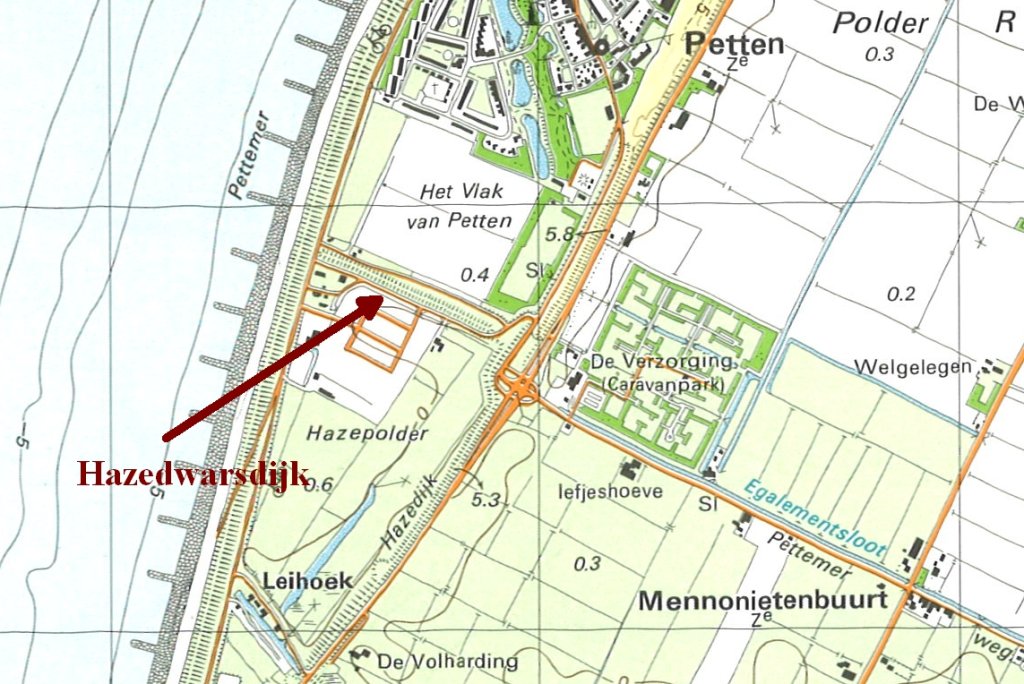
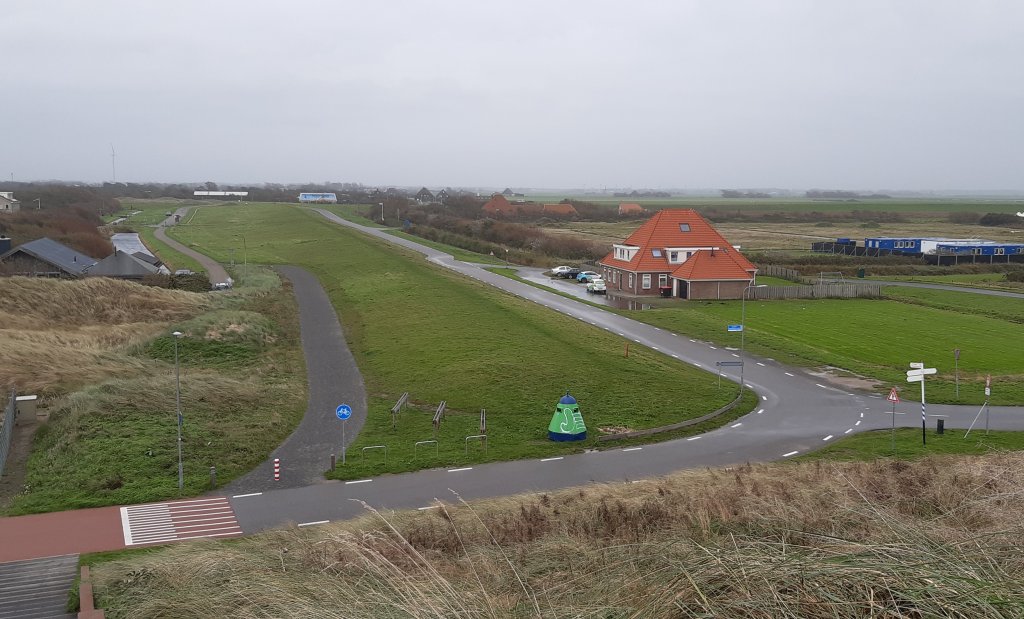
The Silk
The construction of the Hazedwarsdijk is closely related to the embankment of the Zijpe. Until the 12th century, the present area of the Zijperpolder was protected by coastal dunes. Heavy storm surges in the second half of the 12th century destroyed much of the area. The sea broke through the dunes and the Zijpe sea channel was created. The land behind the dunes was washed away. Zijpe comes from the word Sipe, which means gully.
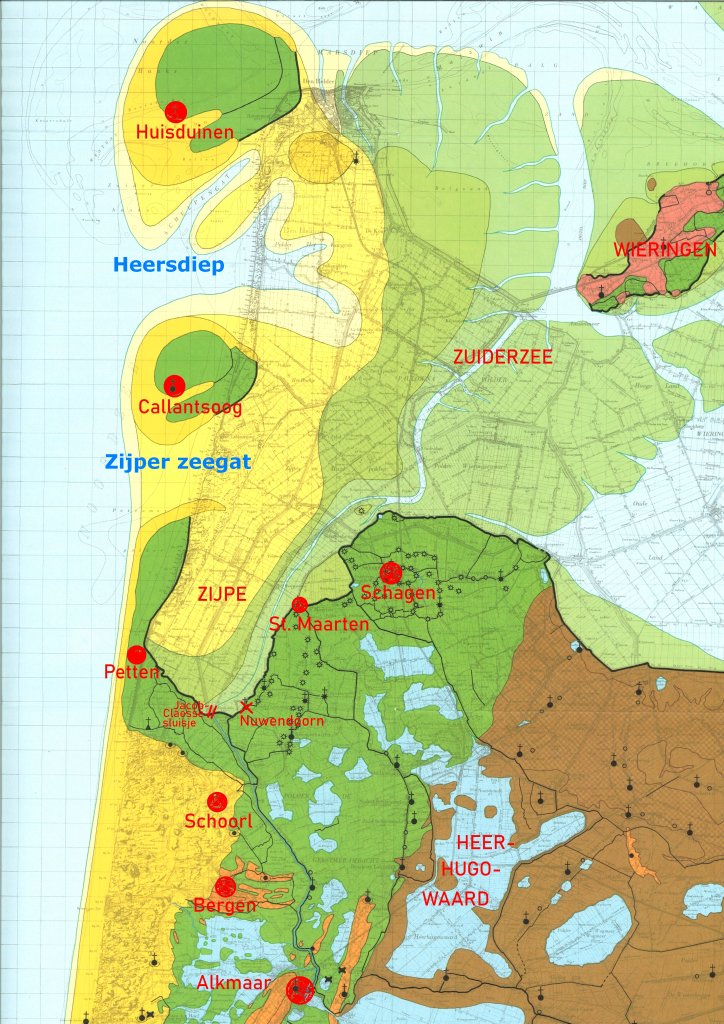
As early as the 14th century there was talk of diking the Zijpe. However, nothing came of it. Only in the 16th century did the plans take shape when painter Jan van Scorel (1495-1562) undertook new initiatives to dike the Zijpe. He obtained a patent for this project in 1552. Unfortunately, heavy storms repeatedly destroyed the dikes. Moreover, in connection with repelling the Spaniards, the Zijpepolder was flooded in 1573. It took until 1596 before investors came forward again for the embankment. That year, the States of Holland and West Friesland granted a patent to Adriaan Anthonisz. of Alkmaar. In 1597, with the help of some 3,000 workers and 1,000 horses, the Zijpe succeeded in permanently embanking with a sand dike. The small Hazepolder directly south of Petten was reclaimed at the same time. This polder was named after the Antwerp financier Servaes de Haese, a friend of Van Scorel.

Immediately after the embankers tendered the first works on February 25, 1597, complaints came from the people of Petten. In Petten, people were against extending the Zijpse dike southward to the Schoorl Sea Dike. This would mean that the floodplains of Petten and the Hazepolder would be dyked out. During storms from the northwest this posed great danger. The sea water would then be pushed up through the (small) gap north of the village of Petten over the Hazepolder against the Schoorl sea dike.
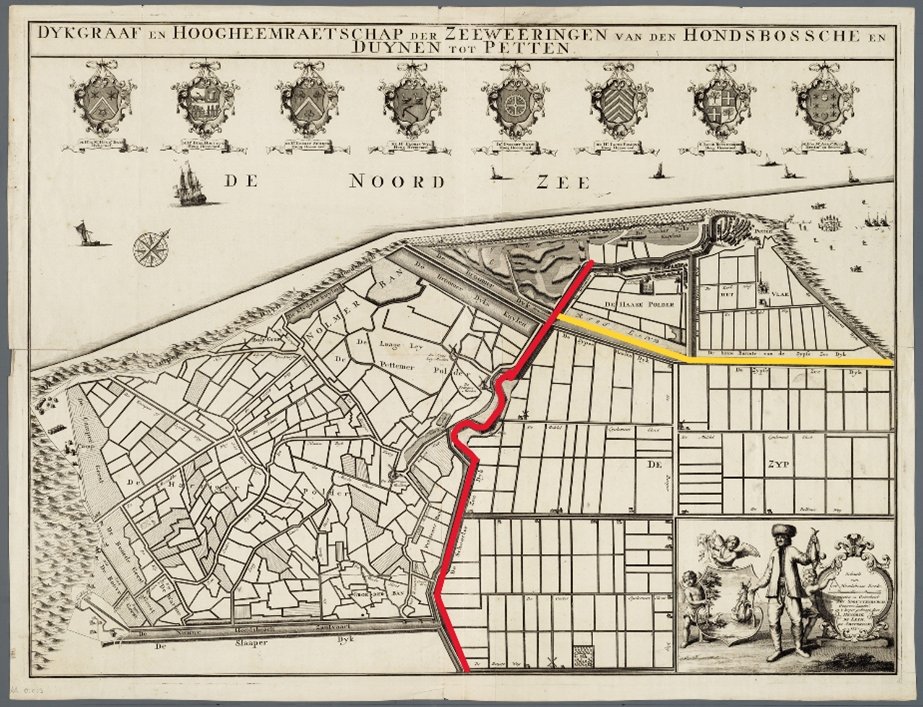
Raising the Schoorl Sea Dike, which was in poor condition, was too costly. Petten therefore requested the chief landowners of the Zijpe to build the dike along the same alignment as before 1570. This ran along the north side of the Hazepolder where the soil of the old dike (dike steel) was still present.
Disagreement arose between the regents of Zijpe and the villages of Petten, Schoorl and Groet over the cost of constructing the cross dyke. The conflict ran so high that the States of Holland became involved. An appointed commission concluded that for safety reasons a cross dike should be built near the Hazepolder. On July 9, 1598, the Gecommitteerde Raden - the executive committee of the States in the Noorderkwartier of Holland - decided that the Zijpe would have to pay 4,600 pounds, Schoorl, Petten and Groet together 4,400 pounds and the Hazepolder and the outer lands of Petten 3,000 pounds until the construction of the dike. In addition, maintenance costs were to be divided equally among the Zijpe, the three villages and the Hazepolder. Finally, an administration over the dike was to be established, consisting of a dike reeve and five heemraden (Zijpe 2, Petten 1, Groet 1 and Hazepolder 1). In September 1598 the new cross dike was built. In all probability, this was completed before the onset of winter.
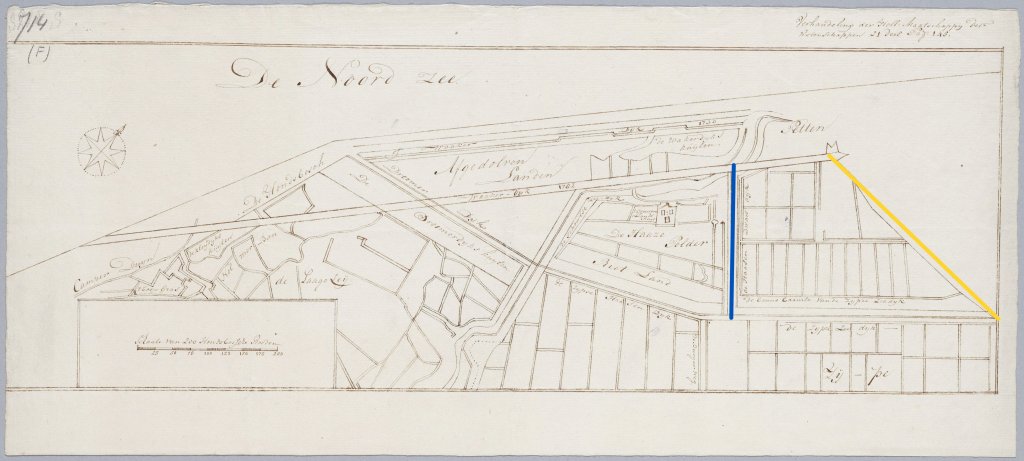
The construction of the Spreeuwendijk in 1698 on the north side of Petten put an end to the water hazard. The Hazedwarsdijk became a secondary water barrier and the dike required very little maintenance after that.
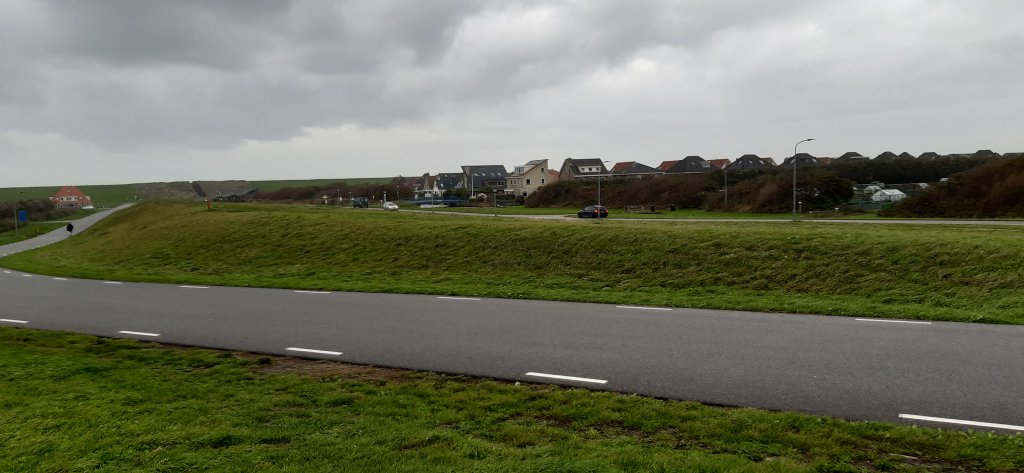
Additional
Hiking
- Starting point Petten (Wandelnetwerk Noord-Holland)
Bikes
- Round Petten / Polder (Route You)
- Beautiful coastal route near Petten by the sea (route.nl)